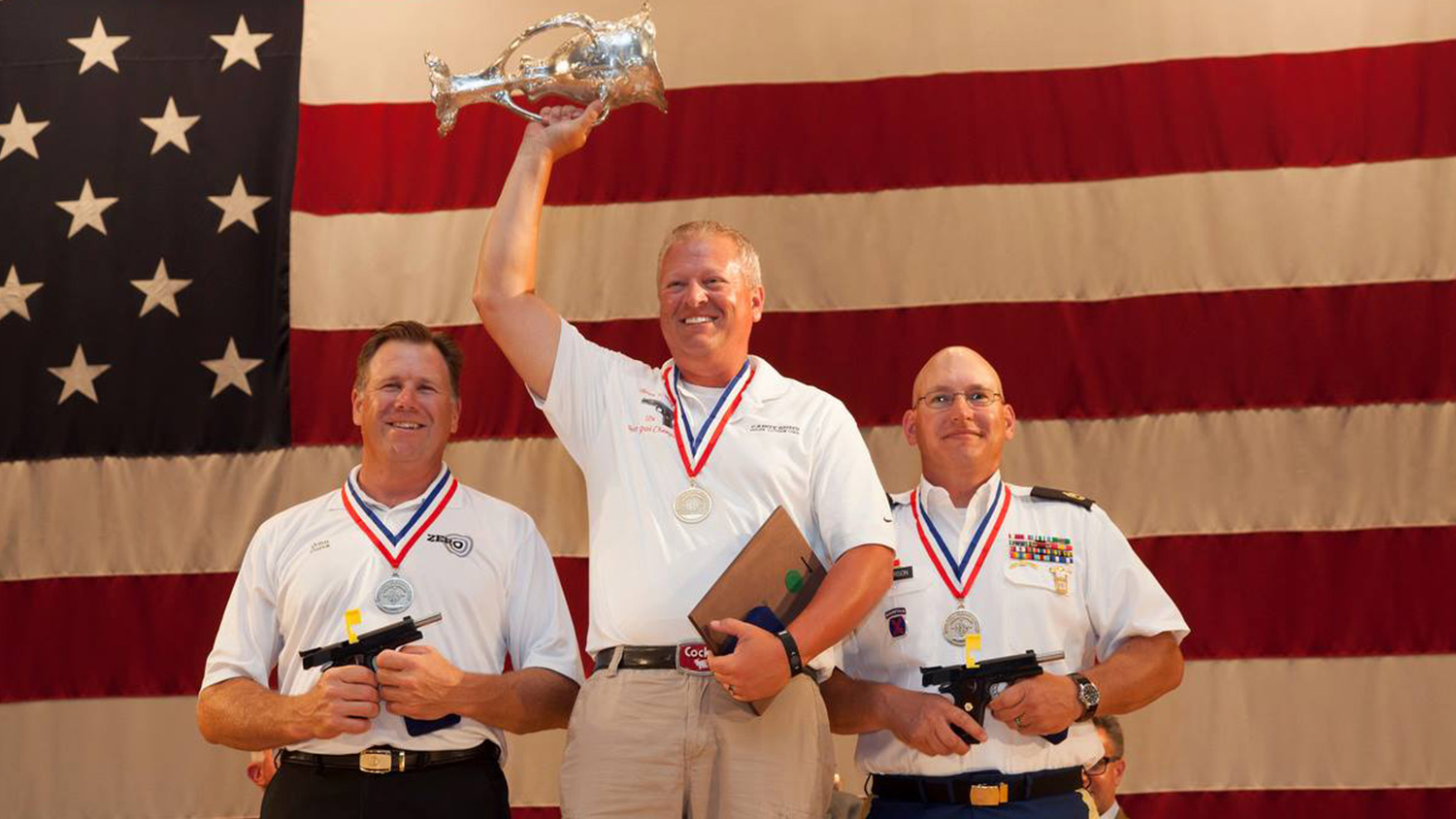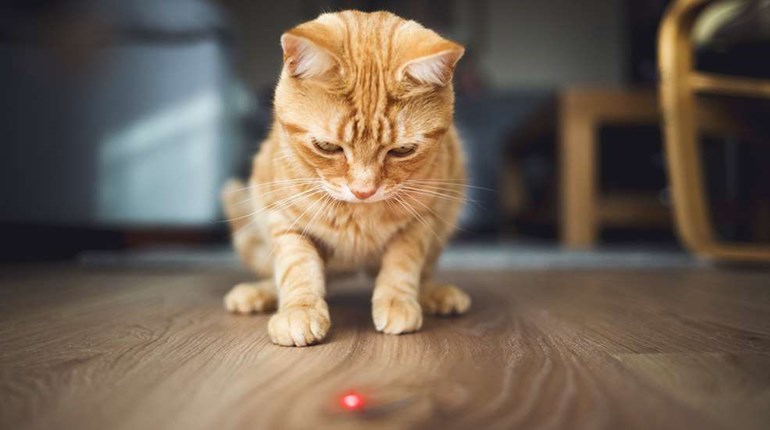As the weather warms, and the competitive shooting season begins to really gain steam, we here at Shooting Sports USA thought a brief recap of Brian Zins’ six-part series on proper precision pistol shooting technique might be in order. For everyone, from those looking to knock the rust off after a long winter, to competitors looking to put an extra edge on their already-honed skills for the upcoming season, Brian Zins’ words of wisdom prove to be an excellent resource. Watch Part 1 above.

For those who don’t know, Brian Zins is an incredibly accomplished pistol shooter, with over 30 NRA precision (bullseye) pistol national records to his credit, and 12 NRA National Pistol Championship wins. A former GySgt on the U.S. Marine Corps Pistol Team, Zins had, surprisingly, done very little shooting before joining the Corps. Now however, he is distinguished in both rifle and pistol, though he prefers pistol for its shorter matches, and has competed at numerous venues, including on the History Channel’s Top Shot. Early last year, all of that experience culminated in Zins accepting the position of director of training at Point Blank Range in Matthews, NC. So what did Zins decide to share from his vast repository of knowledge, in his six-part series on precision pistol shooting? Let’s take a look back and find out.
In Part 1, Zins kicks off the series with a lesson on grip, one of the most fundamentally important aspects of shooting. Here Zins eschews traditional thinking, which preaches that the arm should be kept straight, and the gun aligned with the arm, but then requires shooters to slightly break their wrist to align the sights with their eye. This is, in his view, nonsensical! Instead, Mr. Zins recommends a more natural approach: reach down and grab the gun so it aligns to one’s eye. How is this done, exactly? Zins suggests positioning the gun so the back of the handle rests in the existing crease in one’s palm. A crucial component here is trigger pull. As the only part of one’s interaction with the firearm that (should) be moving, it unsurprisingly plays a key role in where and how a pistol is gripped. This to say that where trigger pull feels best, should be a defining factor in fine-tuning one’s hand position. For highly motivated competitive shooters, this could mean going as far as changing out your trigger, or your grips, to fit your particular hand size and finger length.
Moving to Part 2, Zins turns his focus more squarely to the mechanics of trigger pull. His principle revelation: align the sights AS one pulls the trigger (rather than before), will be covered in depth in a later segment. In the meantime, Zins emphasizes trigger control as the more important of the two fundamentals of shooting (the second being aiming), as it is the only part moving before the shot breaks. There is really no sense in working on anything else, stance, sight alignment, etc., unless one can pull the trigger without disturbing the sights. As far as trigger finger placement goes, Zins recommends the first crease of the finger, as it is a hard surface (unlike the pad), and thus exerts a far greater degree of control over the trigger.
Part 3 delves further into the intimate relationship between trigger control and aiming. As Zins sees it, they are one and the same: one’s finger must react properly to what the eye sees, in order to shoot well. As a result, there is a natural tendency to abort a shot when the sights appear to go awry. This only delays the inevitable, as when the sights are lined back up and the trigger is pulled again, the sights will necessarily move; there is no way to pull a trigger without allowing them to react at least a small amount. The solution? Pull the trigger as the sights are aligned. Thanks to the grip style Zins laid out in Part 1, the sights should be naturally aligned once the gun comes up. From this point, as the gun is settling onto the bullseye, the trigger should be in the process of being squeezed, so it breaks the moment the sights are dead on. One trick he recommends to make this connection mentally, is imagining one is pulling the front sight post through the rear.
The fundamentals out of the way, Zins continues on to the finer points of precision shooting, beginning with Part 4. In this video, Zins takes on red dot aiming. Reminding his viewers that red dots are designed to be looked ‘past’, so the shooter can focus on the target, Zins seeks to eliminate the confusion many encounter when switching over from irons, where focus on the front sight is paramount. Wherever a shooter does decide to focus however, it is imperative that they pick one plane and stick with it. Switching from a target focus to a dot, back to the target, back to the dot, and so on, is far worse than focusing on either individually. All this aside, Zins ends by reinforcing the point he made in the previous two videos, to drive home that the connection between aiming and trigger control is crucial no matter what sight platform one is using. Pressure should build on the trigger before the dot ever even hits the black, and should break shortly after the dot is in the X-ring.
In Part 5, Zins elucidates how to handle anticipation. Mentality being a massive part of any sport, much less shooting, it is Zins’ opinion that almost every mistake can be connected back in some way shape or form, to anticipation. Oddly enough though, especially among more practiced shooters, the anticipation is not generally of recoil; the anticipation is of a well-aimed shot. When a shooter sees the sights are perfectly aligned, they generally jerks the trigger just a tad, to get the gun to go off at that exact moment. This anticipation therefore indirectly causes the gun to nose down, and the shot to fly askew. A similar problem can occur with a momentary tensing of the hand, with the same result.
Finally in Part 6, Zins ties together all the content of the last five videos, in encouraging shooters to develop the most all-encompassing aspect of their shooting: their specific shot process. Shot process is one of those concepts as effervescent as it is simple. It must be mind-numbingly constant, yet is different for everyone. It is the culmination of everything, yet is itself unique. Nonetheless, its development is the key factor in taking a shooter from occasional accuracy, to persistent precision. The longer one shoots, the shorter and more automatic one’s shot process will be. When just starting out however, Zins’ recommends writing it all down, to ensure the same motions are gone through every time. When he first began, his process filled a whole legal pad.
We hope you all enjoyed this recap of Zins’ videos, and even further, we hope you found the time to go back and watch them all in full, to soak up every detail. If you did all that, but still find yourself wanting more, Mr. Zins encourages everyone to come on down to Point Blank Range for a clinic or two, to get some full length, unabbreviated instruction. For more information on that, visit: www.pointblankrange.com/training-instructor-bios/brian-zins























